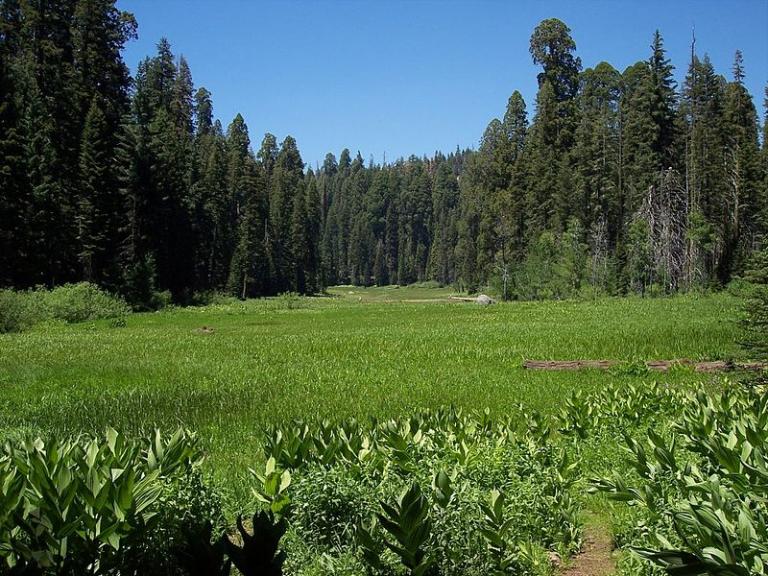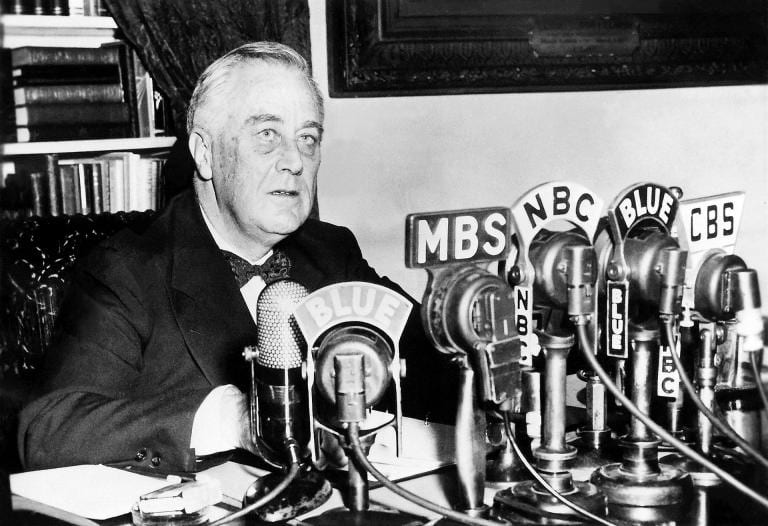
There’s a curious article in the March 2018 issue of Smithsonian, titled “The Whispering of the Trees.” Written by Richard Grant, it bears the subtitle or description “Do trees talk with each other? Have feelings? Memories? A controversial German forester says yes, and his ideas are shaking up the scientific world.”
The German forester is a man by the name of Peter Wohlleben, and he wrote a book titled Das geheime Leben der Bäume that has now appeared in English as The Hidden Life of Trees: What they Feel, How they Communicate. A documentary has been produced under the title of Intelligent Trees. It features Wohlleben and Suzanne Simard, a professor of forest ecology at the University of British Columbia, whose work apparently supports many of his claims. She, too, is a focus of the Smithsonian article.
The implicit thesis of the article, the book, and the documentary seems eccentric if not mad — at first encounter. And there are, the Smithsonian notes, vocal scientific critics. Permit me, though, to give you some flavor of the article:
Since Darwin, we have generally thought of trees as striving, disconnected loners, competing for water, nutrients and sunlight, with the winners shading out the losers and sucking them dry. The timber industry in particular sees forests as wood-producing systems and battlegrounds for survival of the fittest.
There is now a substantial body of scientific evidence that refutes that idea. It shows instead that trees of the same species are communal, and will often form alliances with trees of other species. Forest trees have evolved to live in cooperative, interdependent relationships, maintained by communication and a collective intelligence similar to an insect colony. These soaring columns of living wood draw the eye upward to their outspreading crowns, but the real action is taking place underground, just a few inches below our feet.
“Some are calling it the ‘wood-wide web,'” says Wohlleben in German-accented English. “All the trees here, and in every forest that is not too damaged, are connected to each other through underground fungal networks. Trees share water and nutrients through the networks, and also use them to communicate. They send distress signals about drought and disease, for example, or insect attacks, and other trees alter their behavior when they receive these messages.”
Scientists call these mycorrhizal networks. The fine, hairlike root tips of trees join together with microscopic fungal filaments to form the basic links of the network, which appears to operate as a symbiotic relationship between trees and fungi, or perhaps an economic exchange. As a kind of fee for services, the fungi consume about 30 percent of the sugar that trees photosynthesize from sunlight. The sugar is what fuels the fungi, as they scavenge the soil for nitrogen, phosphorus and other mineral nutrients, which are then absorbed and consumed by the trees.
For young saplings in a deeply shaded part of the forest, the network is literally a lifeline. Lacking the sunlight to photosynthesize, they survive because big trees, including their parents, pump sugar into their roots through the network. Wohlleben likes to say that mother trees “suckle their young,” which both stretches a metaphor and gets the point across vividly.
(To be continued.)












